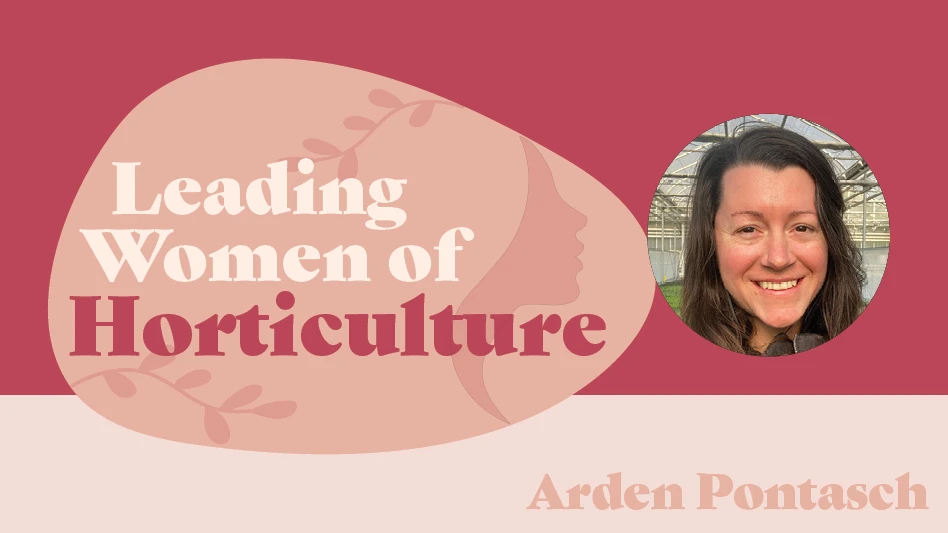
Editor's note: This is an excerpt from our June cover story. Go here to read the full article.
The sun is not yet up, and a small group of professionals from nurseries and greenhouses in Oregon’s Willamette Valley have gathered before the work crew arrives, for an activity that will change the way a nursery does a business process…for the better.
A new consortium has been launched in which nurseries and greenhouse operations work together to deploy Lean in their businesses.
Leaders with the Oregon Nursery Lean Consortium have committed to learning and applying the principles of Lean together for one year. Top practitioners from each company meet for one-day sessions at a hosting nursery. Each involves brief training, followed by immediate application and improvement to an area of the business.
Why Lean?
Lean is a proven method for eliminating waste in processes that results in more value to customers, delivered at a lower cost, in a shorter time, with fewer defects and less human effort. The principles of Lean come from the Toyota Production System and were developed over decades as the company worked its way out of the devastation resulting from the Second World War.
Lean practitioners seek the “least waste way” to perform tasks and processes. It is a never-ending quest. The improvements made today become the baseline for future improvements. As people learn to see and eliminate as much waste as possible from processes, they discover still better ways of performing the work, and the cycle repeats.
The target of Lean is waste. Waste is defined as activities that do not add value to the product or service delivered to the customer. There are seven wastes identified in the Toyota Production System:
- Transportation of raw materials, products, or information
- Inventory or build-up of materials, products, or information
- Motion of people
- Waiting for people, product, raw materials, or information
- Overproducing – making more than the customer requires
- Overprocessing – doing more to the product than the customer requires
- Defects, rework or scrap
“By looking at the seven wastes—and working to remove them—we are definitely more productive and we give more value to our customer today than ever before,” says Mark Montville, nursery manager at PRT Oregon. “By looking at value and waste from this perspective I see new opportunities to improve this business every day.”
Click here to read the full article to learn about their processes and results.

Do you know someone that has made a positive impact in the horticulture industry? Nominate them for a Horticultural Industries Leadership Award (HILA)!
| SUBMIT NOMINATION |







